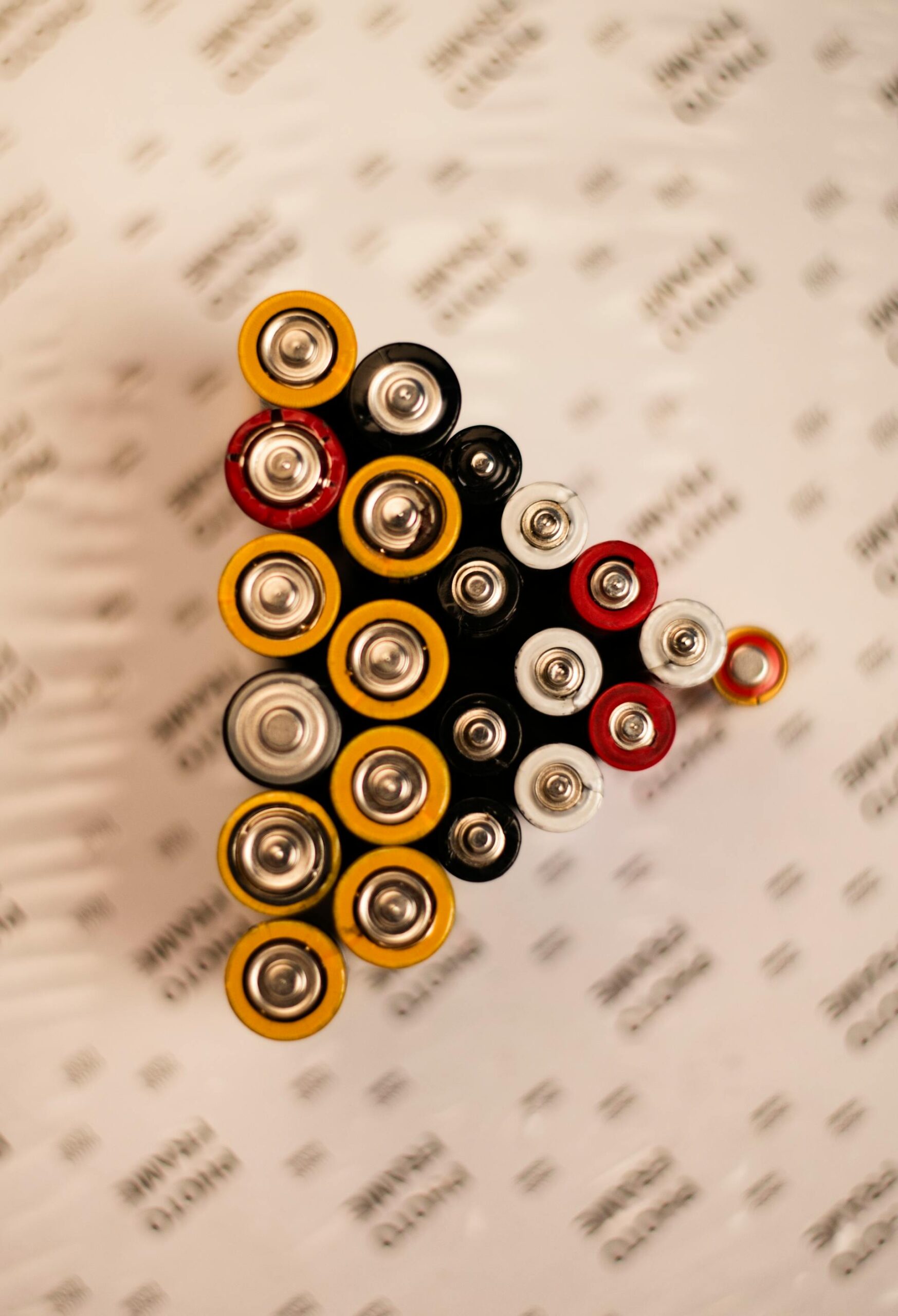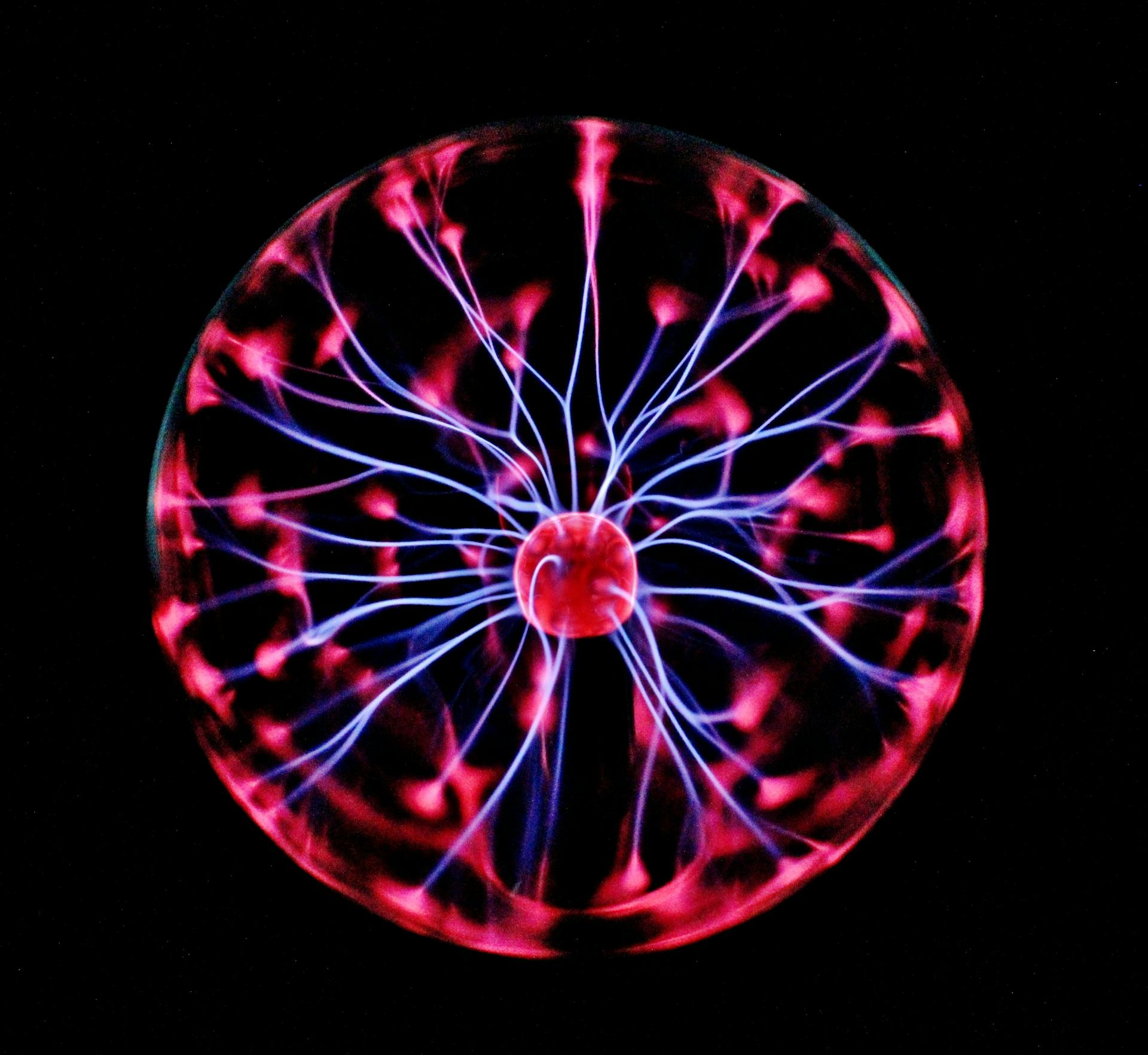For anyone fascinated by transition metal chemistry, vanadium compounds occupy a special place. Among them, vanadium pentoxide (V₂O₅) and ammonium metavanadate (NH₄VO₃) are two of the most versatile and visually captivating substances you can encounter in the lab. Their bright colors, fascinating redox behavior, and catalytic properties make them not only academically interesting but also practically useful in a wide range of experimental setups. Whether you are studying tungsten hexachloride (WCl₆), tantalum pentachloride (TaCl₅), niobium pentachloride (NbCl₅), molybdenum pentachloride (MoCl₅), or vanadates such as KVO₃ and NaVO₃, the chemistry of vanadium will feel like entering a world where color and oxidation states dance in harmony.
1. Vanadium Pentoxide (V₂O₅): A Gateway to Redox Chemistry
Vanadium pentoxide is an orange-yellow crystalline solid that has become a classic reagent for both research and teaching laboratories. Its most remarkable property is the ease with which vanadium switches between oxidation states—from +5 in V₂O₅ to +4, +3, and even +2 in reduced forms. This makes it an ideal compound for demonstrating oxidation-reduction reactions in action.
One of the simplest and most striking demonstrations involves dissolving a small amount of V₂O₅ in sulfuric acid and then gradually reducing it using zinc or another mild reducing agent. As the reduction proceeds, the solution changes color in a mesmerizing sequence:
yellow (V⁵⁺) → green (V⁴⁺) → blue (V³⁺) → violet (V²⁺).
This color transformation provides a direct, visual way to understand how oxidation states correspond to electronic configurations and chemical reactivity.
Beyond its educational value, V₂O₅ is a major industrial catalyst. In the contact process for sulfuric acid production, it facilitates the oxidation of SO₂ to SO₃ with remarkable efficiency. Its redox flexibility allows it to repeatedly accept and donate oxygen atoms without decomposing—an elegant example of catalytic cycling that students can simulate on a small scale in the laboratory.
2. Ammonium Metavanadate (NH₄VO₃): A Source of Vanadium and a Precursor to Discovery
Ammonium metavanadate is another vanadium(V) compound with a fascinating chemistry. It appears as a white to pale yellow crystalline solid and serves as an excellent starting material for preparing other vanadium oxides and vanadates. When heated, NH₄VO₃ decomposes to yield vanadium pentoxide, ammonia, and water vapor.
This simple thermal decomposition can be performed in the lab to demonstrate the relationship between ammonium salts and oxides. The process not only produces the bright orange V₂O₅ but also releases ammonia gas, which can be detected by its characteristic smell or tested with moist red litmus paper.
NH₄VO₃ also reacts beautifully with hydrogen peroxide, forming peroxovanadate complexes that exhibit vivid yellow to red colors. These reactions are excellent examples for studying coordination chemistry and oxidation kinetics, particularly when monitored spectrophotometrically.
3. A Spectrum of Vanadium Compounds: Linking Chemistry Across the Periodic Table
The study of vanadium oxides and vanadates often overlaps with research on other early transition metal chlorides such as WCl₆, TaCl₅, NbCl₅, and MoCl₅. All of these compounds share similarities in their oxidation states, d-electron configurations, and their ability to form oxy- and halide complexes. For instance, MoCl₅ and WCl₆, like V₂O₅, are strong oxidizers and serve as precursors for creating mixed-metal oxides and catalysts. In advanced materials research, combinations of vanadium, molybdenum, or tungsten oxides are being explored for use in energy storage, photocatalysis, and smart coatings.
The vanadates KVO₃ and NaVO₃, meanwhile, extend the chemistry of NH₄VO₃ into the realm of alkali metal salts. These compounds dissolve in water to form vanadate ions that can participate in equilibrium between metavanadate (VO₃⁻) and polyvanadate species depending on the pH. Students often explore this equilibrium visually—acidifying a vanadate solution leads to rich changes in color as the structure and oxidation state of vanadium evolve.
4. Laboratory Experiments That Inspire Curiosity
Here are a few experiments involving V₂O₅ and NH₄VO₃ that both beginners and advanced chemists find rewarding:
- Colorful Redox Reactions:
Prepare a vanadyl sulfate solution (VOSO₄) from V₂O₅ through controlled reduction and observe its deep blue color. Then reoxidize it with hydrogen peroxide to restore the orange V⁵⁺ state. - Thermal Decomposition of NH₄VO₃:
Heat a small sample in a crucible and observe the release of ammonia while the residue turns orange as V₂O₅ forms. - pH-Dependent Vanadate Equilibria:
Dissolve NaVO₃ in water and slowly add acid while observing color changes—demonstrating the relationship between structure, oxidation state, and acidity. - Catalytic Oxidation with V₂O₅:
Model the oxidation of SO₂ to SO₃ on a micro scale using a thin layer of V₂O₅ as a catalyst. This safely illustrates the same principle used in large-scale industrial production.
Each of these experiments reinforces the dual beauty of vanadium chemistry: its rich color palette and its ability to bridge fundamental principles with industrial applications.
5. From the Lab to the Real World
While V₂O₅ and NH₄VO₃ are favorites in educational labs, their relevance extends to modern technologies. Vanadium oxides are key components in energy storage systems, particularly vanadium redox flow batteries, where the multiple oxidation states of vanadium enable efficient charge and discharge cycles. NH₄VO₃ and related compounds serve as precursors for producing vanadium-based catalysts, ceramic coatings, and even electrochromic materials—smart windows that change tint with applied voltage.
Researchers studying WCl₆, NbCl₅, or TaCl₅ often encounter parallels in vanadium chemistry, leading to cross-disciplinary insights. For example, the same principles that govern the reduction of V₂O₅ can be applied to preparing suboxides or halide complexes of these neighboring elements. Understanding vanadium’s chemistry therefore opens the door to mastering a much broader segment of the periodic table.
Conclusion
V₂O₅ and NH₄VO₃ are far more than routine laboratory reagents—they are gateways to the colorful and conceptually rich world of transition metal chemistry. Through simple yet elegant experiments, they allow students and researchers to visualize redox transformations, explore catalytic mechanisms, and appreciate the interplay between color, structure, and reactivity. For anyone who studies or works with compounds like WCl₆, TaCl₅, NbCl₅, MoCl₅, KVO₃, and NaVO₃, vanadium compounds are essential companions on the journey of discovery—reminding us that even the smallest lab experiment can echo the grand reactions shaping our technological world.










